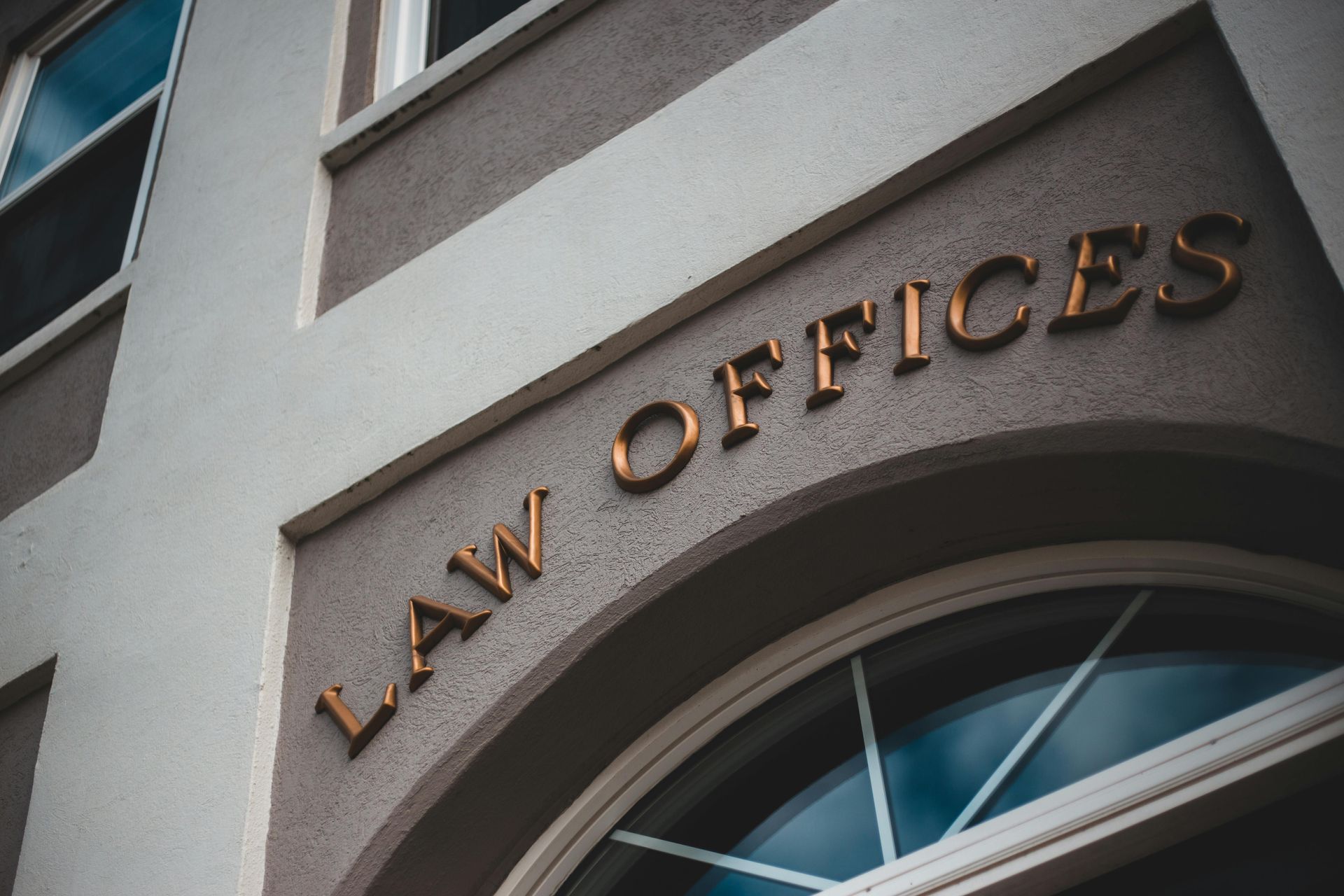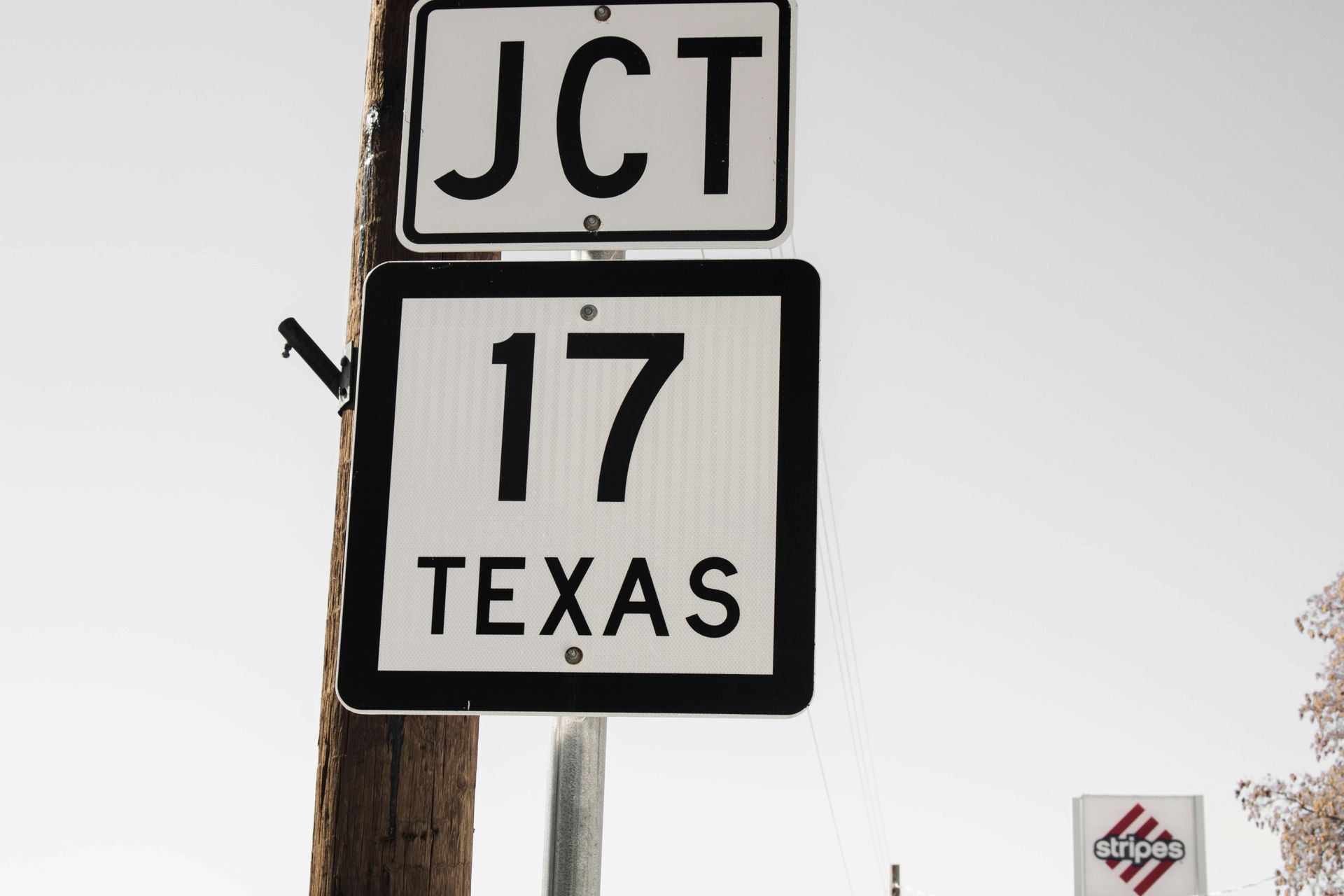TEMPORARY INJUNCTION & INJUNCTIVE RELIEF
IN TEXAS
To obtain a temporary injunction, you have to provide sufficient evidence to convince the court that you have suffered or will sustain irreparable injury if the relief is not granted.
Texas Temporary Injunctions
As most know, going through litigation can be difficult. This is true, especially for business owners. O make this process less stressful; one might utilize a temporary injunction. A temporary injunction and the injunctive relief processes are standard in most court proceedings that occur in Texas. An injunction refers to a court order forcing the other party to refrain from specified acts.
Types of Injunctions Issued by Texas Courts
In Texas, there are a few different types of injunctions. Each one is defined by the length of time they can be enforced.
- Preliminary or Temporary Injunction: A preliminary or temporary injunction can be issued when a case is just starting out, to prevent the other party (defendant) from continuing an action that may cause harm to the plaintiff. This type of injunction is typically put in place in the beginning stages and enforced until the end of trial.
- Temporary Restraining Order: a TRO is typically issued for a short period of time, generally for a period of 10 days. Additionally, a TRO can be issued without notifying the other party (defendant) to prevent harm.
- Permanent Injunction: This type of injunction speaks for itself. Most of the time, if a permanent injunction is issued, it has no set duration and comes forth at the end of a trial.
- Mandatory injunction: A mandatory injunction is put in place to order the other party to take an affirmative action or mandate a specified course of conduct.
- Prohibitory Injunction: This type of injunction prohibits a defendant from taking drawn out actions and maintains that position on all parties until a hearing can determine a resolution.
Injunctive Relief Rules in Texas
According to the Texas Rule of Civil Procedure 683, an injunction order has to detail the reasoning for injunctive relief. The order must also describe the acts and individuals that the injunction intends to prevent once it is in effect. Additionally, the order has to include a setting for cause for trial on the merits with respect to the sought after relief. Ultimately, this means that anyone who is seeking an injunction should be prepared to provide substantial evidence proving why there is a need for enforcement. If an injunction filed does not meet these requirements, then it is invalid under the Texas law. All temporary injunctions in Texas must comply with Rule 683 of Texas Rules of Civil Procedure.
Texas Rule of Civil Procedure 683 requires that an order granting a temporary injunction state the reasons for its issuance and set the cause for trial on the merits. See TEX. R. CIV. P. 683; Qwest Commc’ns Corp. v. AT&T Corp., 24 S.W.3d 334, 337 (Tex. 2000). “These procedural requirements are mandatory, and an order granting a temporary injunction that does not meet them is subject to being declared void and dissolved.” Qwest, 24 S.W.3d at 337; see InterFirst Bank San Felipe, N.A. v. Paz Constr. Co., 715 S.W.2d 640, 641 (Tex. 1986) (stating that requirements of Rule 683 are mandatory and must be strictly followed); In re Corcoran, 343 S.W.3d 268, 269 (Tex. App.—Houston [14th Dist.] 2011, orig. proceeding) (“Agreed Mutual Temporary Injunction” order was void because it did comply with Rule 683); In re Garza, 126 S.W.3d 268, 273 (Tex. App.—San Antonio 2003, orig. proceeding) (temporary injunction order that does not comply with Rule 683 is void); Kaufmann v. Morales, 93 S.W.3d 650, 656 (Tex. App.— Houston [14th Dist.] 2002, no pet.) (“This provision [in Rule 683] is mandatory; a failure to include a trial setting is grounds for voiding the injunction.”). The trial court has broad discretion to grant or deny a motion to dissolve a temporary injunction. Tex. State Optical, Inc. v. Wiggins, 882 S.W.2d 8, 11–12 8 (Tex. App.—Houston [1st Dist.] 1994, no writ) (citing Cellular Mktg. v. Houston Cellular Tel. Co., 784 S.W.2d 734, 735 (Tex. App.—Houston [14th Dist.] 1990, no writ). On appeal, our review is limited to the narrow question of whether the trial court abused its discretion in denying the motion to dissolve. Cellular Mktg., 784 S.W.2d at 735. A trial court abuses its discretion only if it reaches a decision so arbitrary and unreasonable that it amounts to a clear and prejudicial error of law or if it clearly fails to correctly analyze or apply the law. Intercontinental Terminals Co. v. Vopak N. Am., Inc., 354 S.W.3d 887, 892 (Tex. 2011).
Federal Injunctive Rules Relief in Texas
The Federal Rules of Civil Procedure, Rule 65, mentions that a court must provide notice to the party in which the injunction applies, except in situations where issuing a temporary restraining order is needed. In most courts, the plaintiff’s attorney has to demonstrate that irreparable harm was caused, and legal remedy would be inadequate to receive injunctive relief. Some courts may consider the plaintiff’s likelihood of success to cancel out the harm that could be caused to the defendant if the injunction is granted. Also, this determines whether the injunction would oppose public interest.
Need any help?
CLIENT MATTERS
5,000+
YEARS OF SERVICE
25+
Award Winning
Recognized in the legal industry as dedicated board-certified lawyers and Rising Stars.
Expert Team
Your project will be handled by legal experts every time. You will have the most experienced attorneys working for you.
Quality Representation











